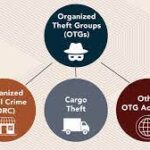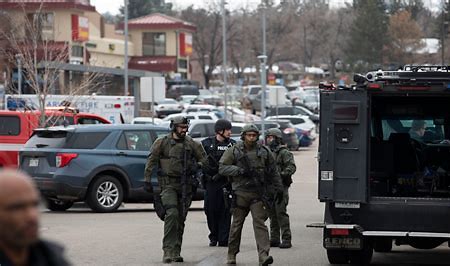Introduction

International crime syndicates represent a formidable challenge to law enforcement agencies worldwide, including in the United States. These syndicates operate across borders, engaging in various illicit activities such as drug trafficking, human trafficking, money laundering, cybercrime, and more. Their operations are sophisticated, often involving vast networks of individuals and organizations spanning multiple countries. Understanding the dynamics, structure, and impact of these syndicates is crucial for devising effective strategies to combat them.
Origins and Evolution:
Historical context: International crime syndicates in the USA have evolved over centuries, shaped by factors such as immigration patterns, technological advancements, and globalization.
Prohibition era: The prohibition of alcohol in the early 20th century gave rise to organized crime networks, laying the foundation for future syndicates.
Globalization: The proliferation of international trade and communication facilitated the expansion of criminal networks, enabling them to operate across borders with greater ease.
Structure and Operations:

Hierarchical structure: International crime syndicates typically operate with a hierarchical structure, consisting of leaders, lieutenants, and foot soldiers.
Transnational networks: These syndicates maintain extensive networks across multiple countries, collaborating with local criminal groups and corrupt officials to facilitate their activities.
Diversification: Syndicates engage in a wide range of criminal activities to maximize profits and mitigate risks. This includes drug trafficking, arms smuggling, counterfeit goods, cybercrime, and more.
Money laundering: Laundering illicit proceeds is a crucial aspect of their operations, involving sophisticated techniques to disguise the origins of funds and integrate them into the legitimate economy.
Key Players:

Mexican drug cartels: Cartels such as the Sinaloa Cartel and the Jalisco New Generation Cartel dominate the drug trade in the USA, smuggling vast quantities of narcotics across the border.
Russian mafia: Russian organized crime groups have a significant presence in the USA, involved in activities such as extortion, fraud, and cybercrime.
Asian triads: Triads originating from China, Hong Kong, and other Asian countries are involved in various illicit activities, including drug trafficking, human trafficking, and illegal gambling.
Italian-American Mafia: While diminished compared to its heyday, the Italian-American Mafia, including the Five Families in New York, still exerts influence in certain regions and industries.
Impact on Society:

Violence and intimidation: International crime syndicates engage in violent tactics to maintain control over their territories and intimidate rivals and witnesses.
Public health concerns: The proliferation of illicit drugs contributes to substance abuse problems and associated health issues, affecting communities across the USA.
Economic costs: The economic impact of organized crime includes lost tax revenue, increased law enforcement expenditures, and damage to legitimate businesses affected by illicit competition.
Corruption: Syndicates often corrupt public officials and law enforcement personnel to protect their interests and facilitate their operations, undermining the rule of law.
Law Enforcement Response:

Coordination: Addressing the threat posed by international crime syndicates requires coordinated efforts among local, state, federal, and international law enforcement agencies.
Intelligence gathering: Law enforcement agencies utilize various intelligence-gathering techniques, including surveillance, wiretaps, and informant networks, to infiltrate and disrupt criminal organizations.
Legislative measures: Governments enact legislation to enhance law enforcement capabilities and strengthen penalties for organized crime-related offenses.
International cooperation: Interpol, Europol, and other international law enforcement agencies facilitate cooperation and information sharing among countries to combat transnational organized crime.
Challenges and Future Outlook:

Adaptability: International crime syndicates continuously adapt to law enforcement efforts, leveraging technology and exploiting vulnerabilities in the legal and financial systems.
Emerging threats: The rise of cybercrime presents new challenges for law enforcement, as syndicates exploit digital platforms to conduct illicit activities such as hacking, ransomware attacks, and cryptocurrency fraud.
Globalization: The interconnected nature of the global economy facilitates the movement of illicit goods and funds, making it increasingly difficult to track and disrupt criminal activities.
Socioeconomic factors: Addressing the root causes of organized crime, including poAsian triads: Triads originating from China, Hong Kong, and other Asian countries are involved in various illicit activities, including drug trafficking, human trafficking, and illegal gambling.
Conclusion
International crime syndicates represent a complex and evolving threat to the USA and the global community. Effectively combating these syndicates requires a multifaceted approach involving coordination among law enforcement agencies, legislative measures, international cooperation, and addressing underlying socioeconomic factors. By understanding the structure, operations, and impact of these syndicates, authorities can develop strategies to disrupt their activities and safeguard communities from their detrimental effects.



